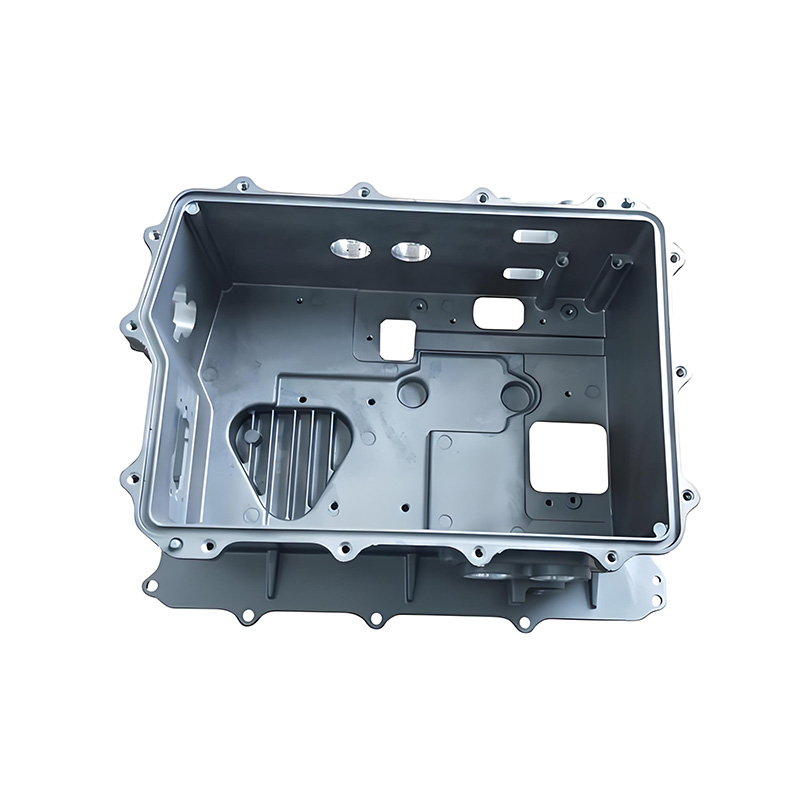
Ever wonder why some aluminum die casting moulds produce flawless parts while others battle porosity and defects? The secret often lies in gate optimization. Gates control how molten metal enters the cavity—too fast, and you get turbulence; too slow, and incomplete filling occurs. In our 2025 project with an automotive client, adjusting gate velocity reduced scrap rates by 18% immediately. That’s the power of precision engineering.
Choosing the right gate type isn’t guesswork. Let’s compare two common options:
| Feature | Fan Gates | Pin Gates |
|---|---|---|
| Best For | Thin-walled parts | High-precision components |
| Filling Control | Moderate | Excellent |
| Gate Removal | Requires secondary trimming | Automatic detachment |
| Metal Turbulence | Higher risk | Lower risk |
Interestingly, hybrid designs are gaining traction. For instance, combining a fan gate with a chisel tip improves flow for complex geometries.
Getting dimensions right prevents costly mould reworks:
Place gates where:
• Metal solidifies last
• Stress concentration is minimal
• Aesthetics aren’t compromised
Counterintuitively, gates near thick sections reduce shrinkage porosity. A study in International Journal of Metalcasting showed a 22% defect reduction with strategic placement.
Great gates need great vents. Why? Trapped air creates blowholes. Rule of thumb: vent area should be 25-30% of gate cross-section. Otherwise, backpressure forces metal into vents—ruining both castings and moulds.
Modern mold flow software predicts:
• Temperature gradients
• Solidification patterns
• Stress hotspots
For example, MAGMASOFT® analysis typically cuts trial runs by 40%. That’s thousands saved per project.
Gate erosion causes 70% of dimensional drift in castings (North American Die Casting Association). Schedule inspections every 50,000 cycles. Pro tip: Use cobalt-based alloys for high-volume aluminum die casting mould gates.
IoT sensors now track:
• Gate temperature variance
• Flow rate fluctuations
• Erosion patterns
Our team implemented this at a Tier-1 supplier, boosting OEE by 15% through predictive maintenance.
A: Use hardened tool steels like H13 with surface treatments (e.g., nitriding). Implement conformal cooling around gates to reduce thermal cycling stress.